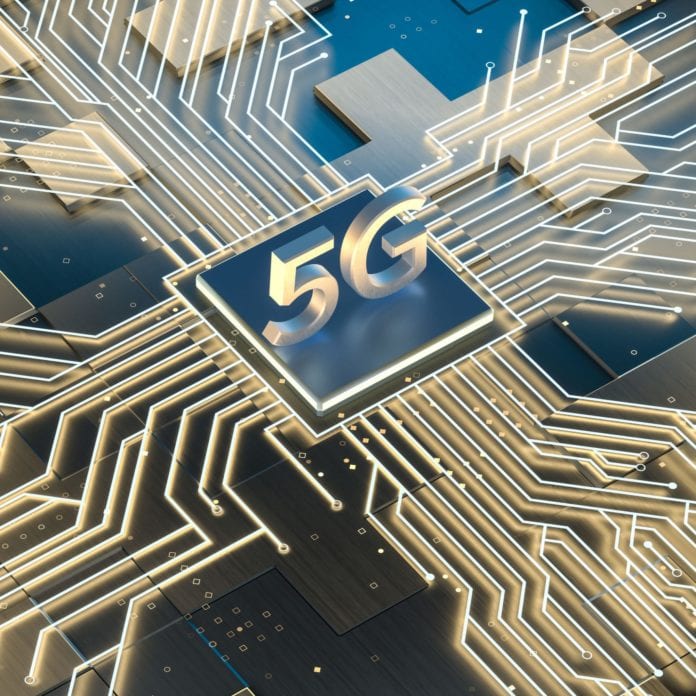NVIDIA’s GPU Technology Conference kicks off today, and the company’s headlining announcements include the launch of its Aerial A100 AI-on-5G products. According to Ronnie Vasishta, SVP of the company’s telecom business unit, the AI-on-5G concept is the ability to take AI applications and run them over a 5G network, which he argued “has significant implications.”
“To bring the true vision of AI applications, you need 5G,” he said during a press briefing. “AI-on-5G brings enhanced uplink and downlink speeds, coverage, mobility support, configuration quality of service and quality of experience [and] improved reliability and security to these over-the-top AI-enabled services.”
Aerial A100 AI-on-5G products combine the graphics processing unit (GPU) and the data processing unit (DPU) on the same EGX NVIDIA AI card that supports software-defined, cloud-native workloads.
Vasishta explained that the software can configure workloads to include 5G core and 5G fronthaul.
“This is a 5G-connected data center on a card,” Vasishta summarized. “The ability to provide AI-on-5G is dependent on having the optimized accelerate compute and network where it is needed, which is essentially [having] the data center where you need it.”
Soma Velayutham, NVIDIA’s GM for telecom, was also at the briefing, and he spoke further about the benefits of a converged platform. Currently, he explained, disparate servers are required to run AI applications over a 5G network.
“One for the 5G RAN, one for the 5G core and one for the AI applications,” he said. “NVIDIA’s AI-on-5G platform enables the customer to have one converged solution. Since solution builds upon a large number of AI applications already in the NVDIA ecosystem.”
This, Velayutham explained, means that a user can use a EGX server that is already running an AI application and extend it with “5G as the connectivity fabric.”
“5G is now a software function on the same server that delivers the AI application,” he said, adding the converged platform is more cost effective and reduces the amount of space and powered needed, while also leveraging the benefits cloud computing, allowing a customer to scale up and down and share compute resources between 5G RAN and the applications.
NVIDIA worked with a number of technology partners on the development of the new products, including — but not limited to — Ericsson, Fujitsu and Mavenir on the 5G RAN and Core side and Red Hat, VMware and Wind River on the security and virtualization side. NVIDIA also worked with Google Cloud on the 5G cloud aspect of the solution.

